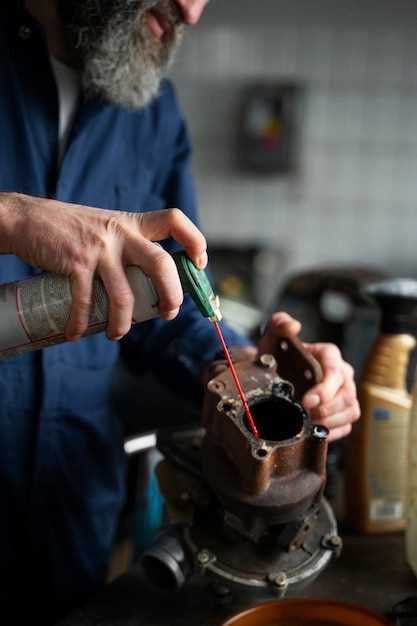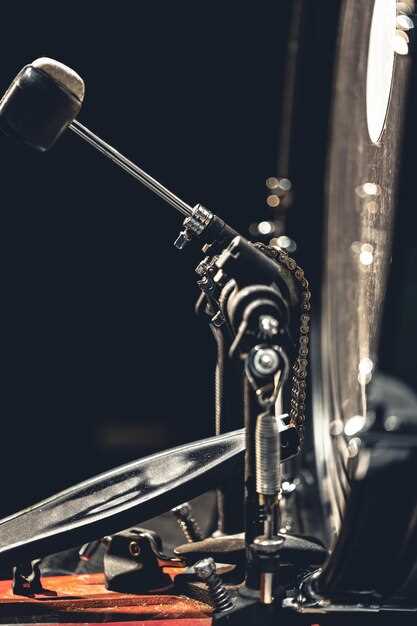
For enthusiasts of Japanese domestic market (JDM) classic cars, maintaining performance and reliability is a top priority. One of the key components that can significantly influence your vehicle’s engine performance is the ignition coil. The ignition coil is responsible for converting the battery’s low voltage into the high voltage needed to ignite the air-fuel mixture in the engine’s combustion chamber. Upgrading this essential part can lead to enhanced horsepower, improved fuel efficiency, and a smoother driving experience.
When considering an upgrade to your ignition coil, it’s important to understand the different types available and how they function. A performance ignition coil can provide a stronger spark, which is particularly beneficial for classic cars that may have outdated ignition systems. By replacing the stock coil with a higher-quality aftermarket version, you can achieve better combustion and gain the benefits of modern ignition technology, even in a classic chassis.
Moreover, an upgraded ignition coil can help prevent misfires, which not only affects performance but can also lead to engine wear over time. Whether you’re looking to restore an aging classic or to push the limits of your JDM vehicle, investing in a suitable ignition coil upgrade is a wise decision that can yield significant benefits in both performance and reliability.
Choosing the Right Ignition Coil for Performance Enhancement
When considering an upgrade for your JDM classic car, selecting the appropriate ignition coil is crucial for enhancing overall performance. An ignition coil transforms low voltage from the battery into the high voltage needed to create a spark in the engine’s combustion chamber. This process is essential for efficient fuel combustion and optimal engine functioning.
To make an informed decision, it’s essential to consider several factors. First, evaluate the specifications of your vehicle’s engine. Different engines have unique ignition requirements depending on their design and modifications. Choose an ignition coil that matches or exceeds the original coil’s specifications to ensure compatibility while providing enhanced performance.
Look for coils designed to deliver improved voltage output. A coil with a higher output can lead to a more robust spark, which contributes to better fuel combustion, increased power, and improved throttle response. This is particularly important for modified engines that require additional performance enhancements.
Additionally, consider the type of ignition system in your car. Most classic JDM vehicles utilize either a conventional or an electronic ignition system. Ensure that the ignition coil you choose is compatible with your system to avoid functionality issues.
Durability is another vital consideration. High-performance ignition coils should be able to withstand the rigors of increased engine output and operate effectively under high temperatures. Look for coils made from quality materials that offer thermal resistance and longevity to prevent premature failure.
Finally, read reviews and seek recommendations from fellow car enthusiasts or automotive experts. Insight from others who have upgraded their ignition systems can provide valuable information on performance gains and reliability.
Choosing the right ignition coil is a significant step in the process of performance enhancement for your JDM classic car. By focusing on compatibility, output voltage, durability, and community feedback, you can make an informed choice that will lead to remarkable improvements in your vehicle’s performance.
Step-by-Step Installation Process for JDM Classic Cars

Upgrading the ignition coil in your JDM classic car can enhance performance and reliability. Here’s a detailed guide to help you through the installation process.
Step 1: Gather Materials
Before starting, ensure you have all necessary tools and materials: a new ignition coil, a socket set, screwdrivers, zip ties, and possibly heat shrink tubing for securing connections.
Step 2: Safety First
Disconnect the negative terminal of the battery. This prevents any accidental electrical shorts while working on the ignition system.
Step 3: Locate the Ignition Coil
Find the existing ignition coil in your vehicle. It’s usually mounted near the engine block or along the firewall. Refer to your car’s service manual for specific location details.
Step 4: Remove the Old Ignition Coil
Carefully disconnect the wiring harness from the old coil by easing off the clips. Use the socket set to remove any mounting bolts holding the coil in place. Gently lift the coil out of its position.
Step 5: Install the New Ignition Coil
Place the new ignition coil in the same position as the old one. Secure it using the bolts you previously removed. Ensure it’s firmly attached to avoid any vibration issues.
Step 6: Reconnect the Wiring
Reconnect the wiring harness to the new coil, ensuring each connection is tight and secure. If applicable, use heat shrink tubing to protect connections from moisture and damage.
Step 7: Reconnect the Battery
Attach the negative battery terminal back in place. Make sure the connection is tight to prevent any electrical problems.
Step 8: Test the Installation
Start your engine and listen for unusual engine noises. Take the car for a short drive to ensure that the ignition system is functioning correctly. Monitor for any misfires or hesitation in acceleration.
With these steps completed, your JDM classic car should benefit from improved ignition performance with the new ignition coil.
Tuning and Testing Your Upgraded Ignition Coil Setup

Once you have upgraded your ignition coil, tuning and testing your new setup is crucial to ensure optimal performance and efficiency. Start by double-checking all connections; ensure that the coil is properly mounted and that the electrical connections are secure. Loose or corroded connections can hinder the performance of your upgraded coil.
Next, adjust the timing. The ignition coil plays a significant role in firing the spark plugs at the right moment. Use a timing light to check and adjust the timing as necessary. You may find that with the new coil, adjustments are needed to maximize engine output and responsiveness.
After setting the timing, perform a thorough testing of the ignition system. This involves checking the voltage at the coil with a multimeter to confirm it is receiving the correct voltage levels. Higher performance coils may demand different voltage inputs. Ensure your vehicle’s electrical system can handle these requirements.
Once you verify electrical readings are within the recommended range, conduct a series of performance tests. Pay attention to throttle response, engine smoothness, and acceleration. You should notice improved firing, especially at higher RPMs. Observe the engine for any misfires or rough idling, which could indicate further adjustments are needed or that the upgraded coil may not be compatible with your setup.
Monitor engine temperatures and fuel consumption closely. Changes in coil performance can influence overall engine dynamics, leading to variations in fuel efficiency. A well-tuned ignition coil should not only enhance performance but also maintain or improve fuel economy.
Finally, consider running your car on a dynamometer to quantify the improvements made from the ignition coil upgrade. This will provide concrete data to understand the impact of your adjustments and help fine-tune your setup further. Regular testing and adjustments will ensure that your upgraded ignition coil continues to operate at peak efficiency.




